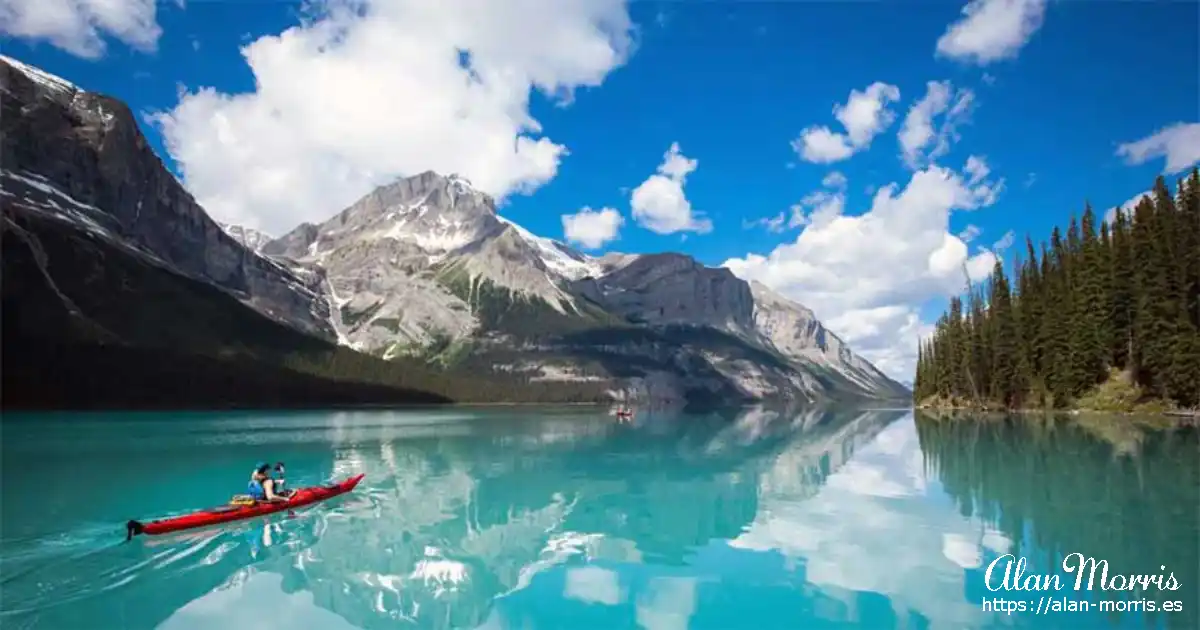My parents went to Jasper National Park, and once I saw the photos of them there, I immediately put it on my bucket list.
About Jasper National Park.
The Jasper National Park is in Alberta, Canada, and is the largest national park within Alberta's Rocky Mountains, spanning 11,000 km2. It was established as Jasper Forest Park in 1907, renamed as a national park in 1930, and declared a UNESCO World Heritage site in 1984. Its location is north of Banff National Park and west of Edmonton. The park contains the glaciers of the Columbia Icefield, springs, lakes, waterfalls and mountains.
Jasper National Park's name originates from Jasper Haws, a Maryland-born fur trader who worked for the North West Company. In 1815, Jasper Haws took command of a North West Company trading post built on Brûlé Lake in 1813. This subsequently became known as Jasper's House. In 1830, the trading post was relocated further up the Athabasca River, just north of Jasper Lake. The site of Jasper House itself was designated a national historic site in 1924. Jasper House was destroyed in 1910, but it gave its name to both the National Park and the town of Jasper within the Park.
A federal order established Jasper Forest Park on September 14, 1907. The park's establishment was spurred by plans for the construction of a second Canadian transcontinental railway, which was to cross the Rocky Mountains at Yellowhead Pass; Jasper Park was intended to be developed into an alpine resort in the mould of Rocky Mountains Park, with a train station, tourist hotels, and a service town. Collectively, the mountain parks were intended as a sort of wilderness playground for middle-class workers, an antidote to the malaise of modern life. However, the vision of wilderness on which the development plan depended was at odds with the presence of long-established Métis homesteaders within the boundaries of the park, many of whom were descended from the white and Haudenosaunee fur traders and trappers employed by the North West Company and the Hudson's Bay Company in the 19th century. In 1909, six Métis families were declared squatters, paid compensation for improvements made to the land, including buildings, ditches, and fences, and ordered to leave the park.
